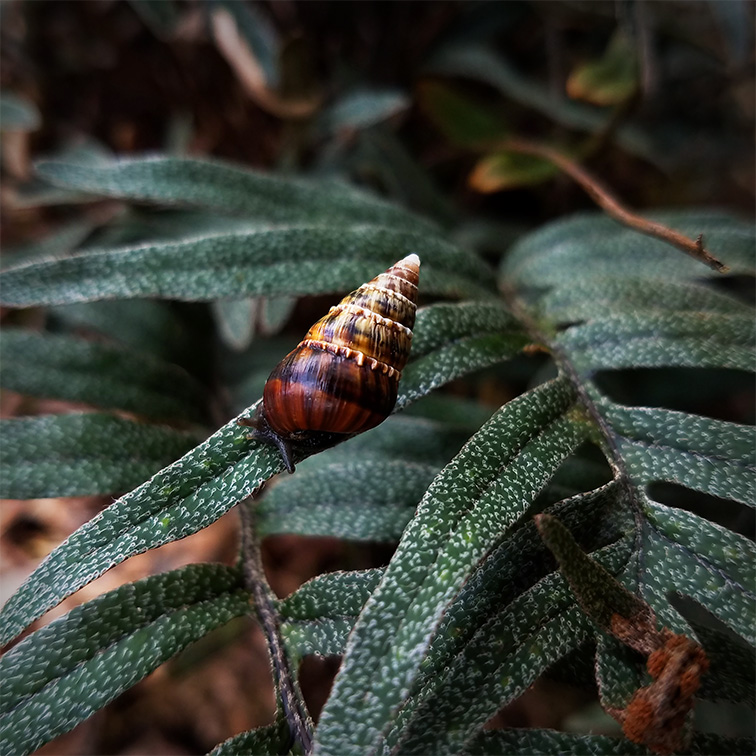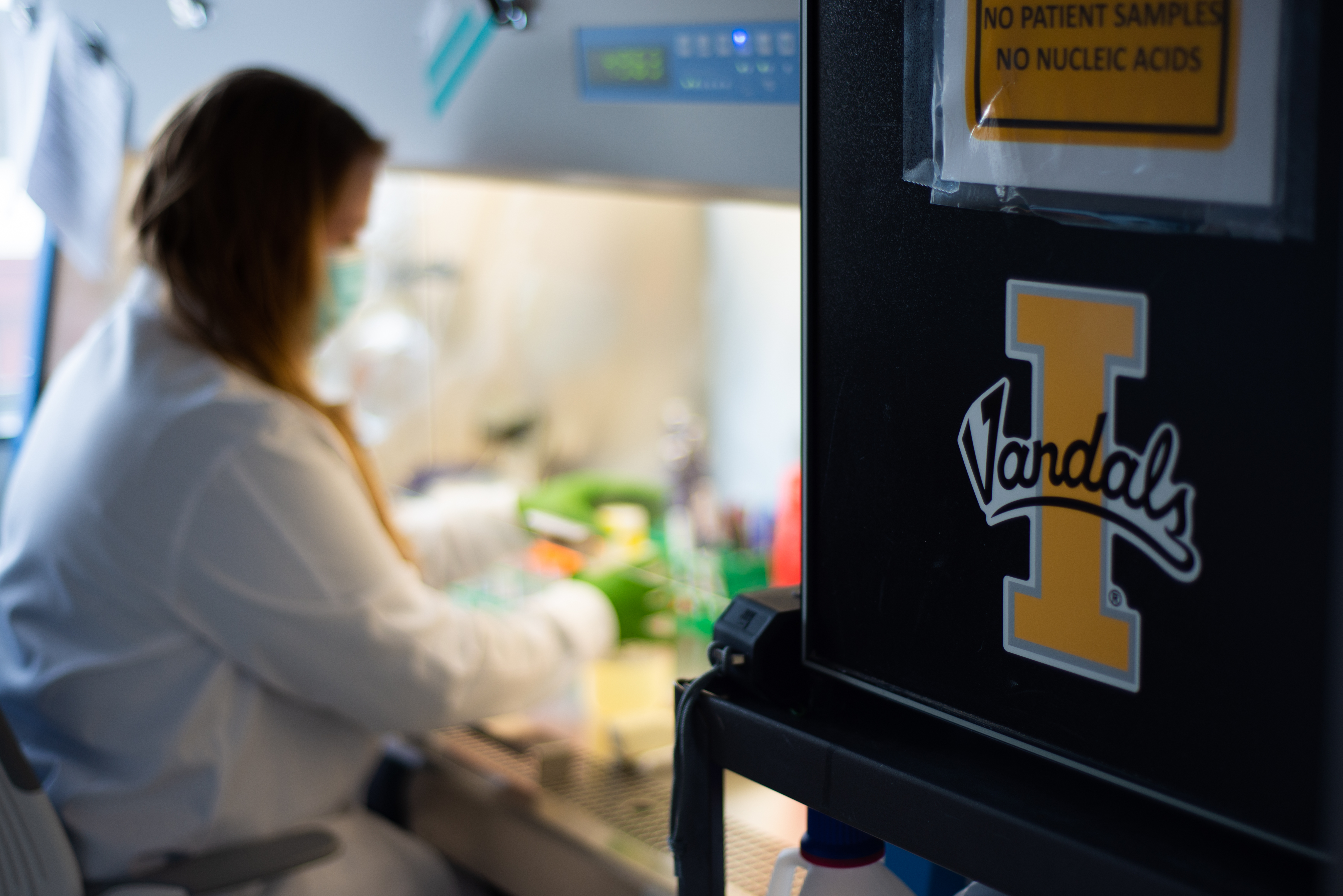
Genomic Surveillance Provides Key Evidence Regarding COVID-19 Transmission Dynamics
Retrospective genomic surveillance of covid-positive patient samples taken early in the SARS-CoV-2 pandemic provides evidence that University of Idaho's covid-testing program, along with other mitigation measures, were effective at reducing viral spread across the university’s Moscow campus. Understanding transmission dynamics of viruses like SARS-CoV-2 at universities is crucial because these settings have potential for rapid viral spread due to a young adult population predisposed to low disease severity.
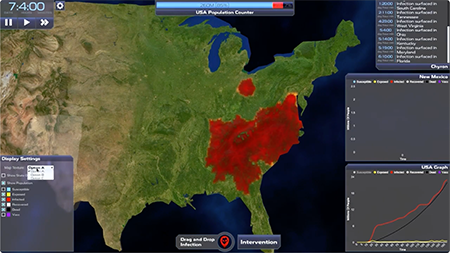
U of I Granted First NIH Science Education Partnership Award to the State of Idaho
For the first time since its establishment 30 years ago, the Science Education Partnership Award (SEPA) program of the National Institute of General Medical Sciences (NIGMS) of the NIH has awarded funding to a project in Idaho. The SEPA program supports innovative science, technology, engineering, and mathematics (STEM) and Informal Science Education (ISE) initiatives for Pre-K to 12th grade. U of I researchers Barrie Robison (PI) with the College of Science and Terry Soule (Co-PI) with the College of Engineering have been awarded Idaho’s first SEPA grant through their work with Polymorphic Games, U of I’s unique, interdisciplinary, STEM-based video game studio.

Graduate Student Akshat Mall Receives R.C. Lewontin Early Award
Akshat Mall, a third year grad student in the Christopher Marx lab at the University of Idaho, was selected as one of the R.C. Lewontin Early Award winners by the Society for the Study of Evolution (SSE). Mall will be presenting his thesis work on Monday, October 2, 2023 at 9 am PDT and can be seen on Zoom with a link on the SSE home page.

Collaborative Research: As Above So Below
University of Idaho researcher Eric Mittelstaedt, Associate Professor, Department of Geological Sciences, recently received a National Science Foundation award in collaboration with his colleague Catherine (Katie) Cooper, Associate Professor, School of the Environment at Washington State University. The project aims to use numerical simulations to better understand how the Earth cools through time. Earth’s cooling rate affects an amazing array of processes necessary for life on Earth and potentially other planets, such as plate tectonics, volcanism, release of gasses from the planet’s interior, Earth’s magnetic field, etc.
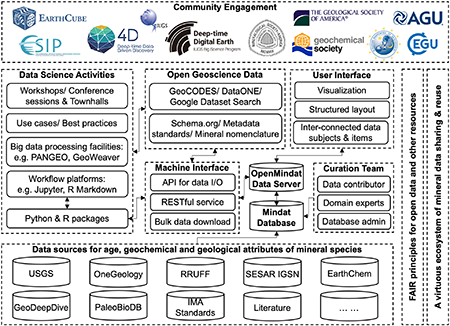
World's Largest Mineral Database Made Open
In a groundbreaking endeavor to propel mineralogy research to new heights, Prof. Xiaogang (Marshall) Ma, a geoinformatics and data science researcher at the University of Idaho, is leading the OpenMindat project. Collaborating with Jolyon Ralph, the visionary creator of Mindat, Prof. Ma's team seeks to establish an open data service that will transform the way mineral data is accessed, shared, and utilized by the scientific community. The work received a National Science Foundation grant in 2021 and impressive outputs have been achieved after two years’ hard work.

INBRE Supplement Taking High Performance Computing to New Heights with Powerful Equipment Upgrades
A recently funded NIH NIGMS supplement ($204,266) to the University of Idaho INBRE Program (Carolyn Hovde Bohach – Principal Investigator; grant # P20GM103408) will provide critical upgrades to high-performance computing infrastructure housed in the Institute for Interdisciplinary Data Sciences (IIDS) Research Computing and Data Services (RCDS) Core. These updates will enhance the accessibility and increase the impact of these computing resources state-wide. The specific importance of these upgrades to researchers is two-fold; replacing aging infrastructure that is quickly approaching its’ end of useful life and expanding existing storage, effectively doubling storage capacity.
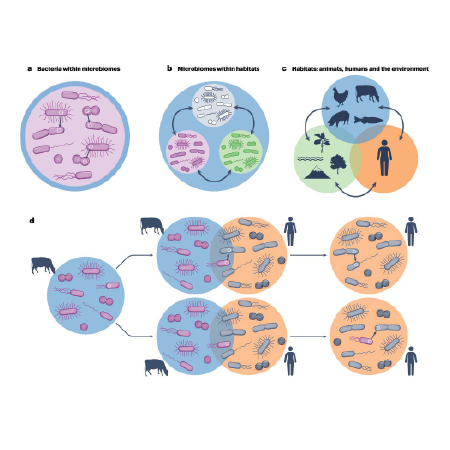
U of I Researchers Recently Published in Nature Reviews Microbiology
University of Idaho researchers Salvador Castañeda-Barba, Eva M. Top and Thibault Stalder recently published a review article in Nature Reviews Microbiology. The team used the One Health framework to synthesize how bacterial plasmids drive local and global antimicrobial resistance spread, bridging diverse habitats. It further explores ecological and evolutionary factors influencing plasmid emergence and dissemination in microbial communities.
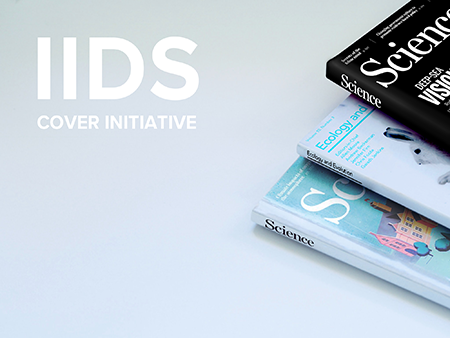
IIDS Cover Initiative
IIDS wants to help you amplify your research impact! We hope to help U of I researchers get featured on the covers of journals in which their work is published. If you have an upcoming publication related to IIDS activities and you have a great idea for a potential journal cover, let us help you bring that idea to life.
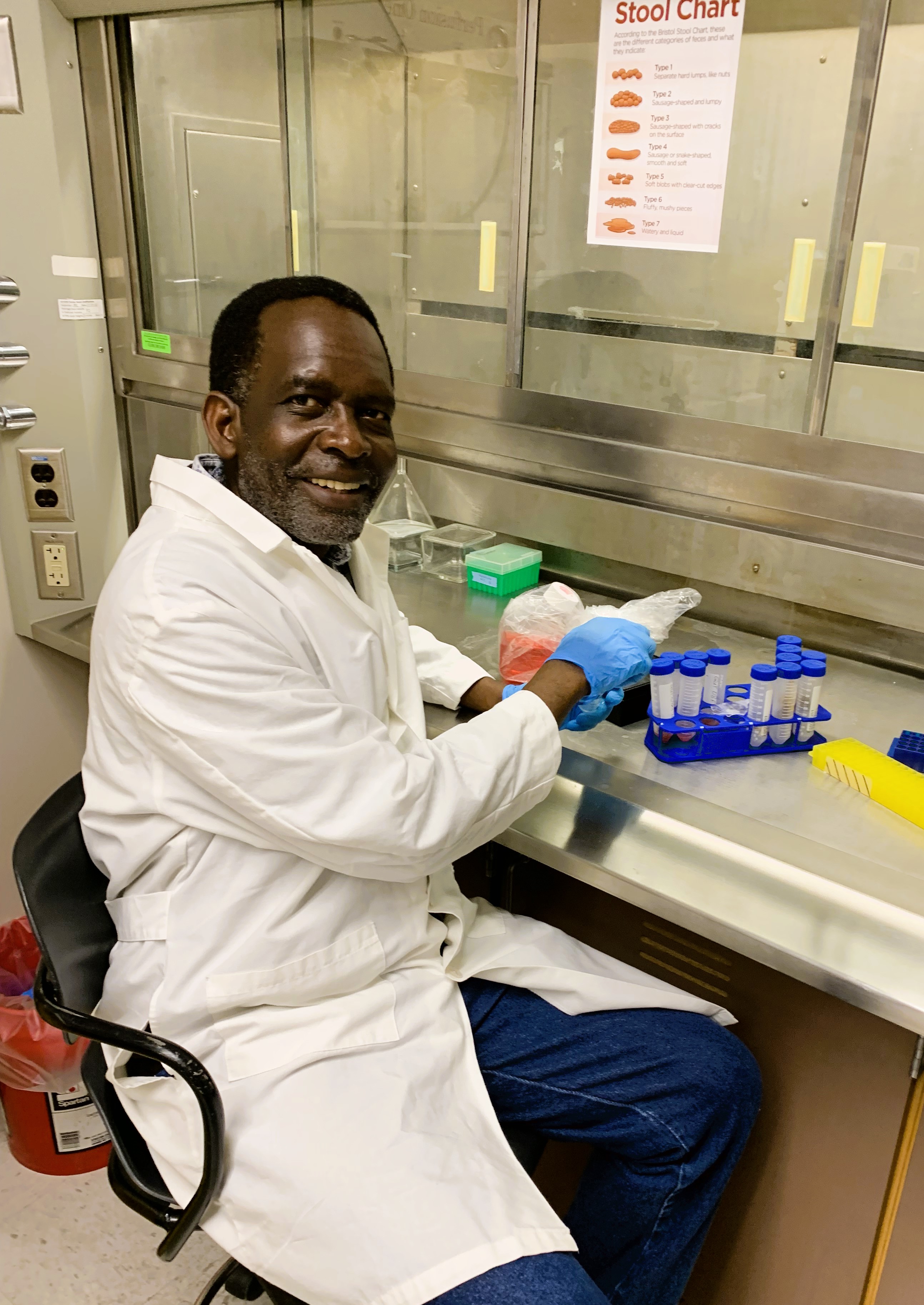
Waves of Change in the Type 2 Diabetes Research – and Microbial Gut — Community
"There is a trigger for everything," says Balemba, reflecting on the origins of his winding journey to becoming an expert in gastrointestinal system. "While growing up as a kid, I used to hear my mother complaining about bowel pain. I wanted to do something to understand its causes and help my mother. I wanted to become a medical doctor."
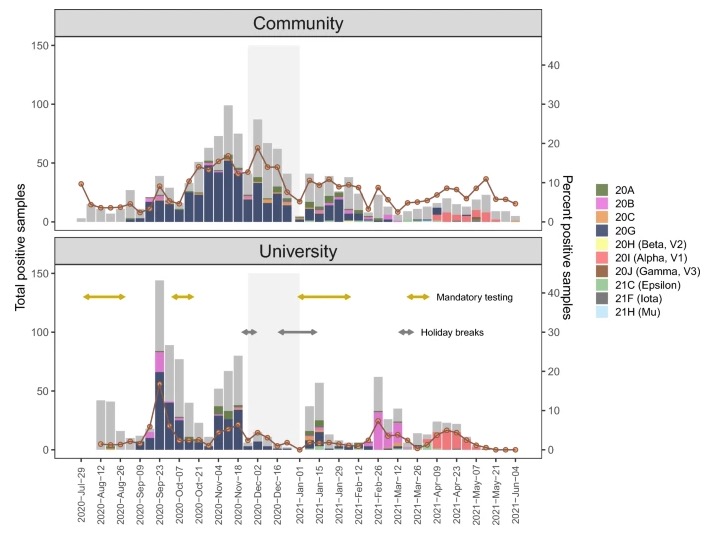


.jpg)





.jpeg)
.jpg)
